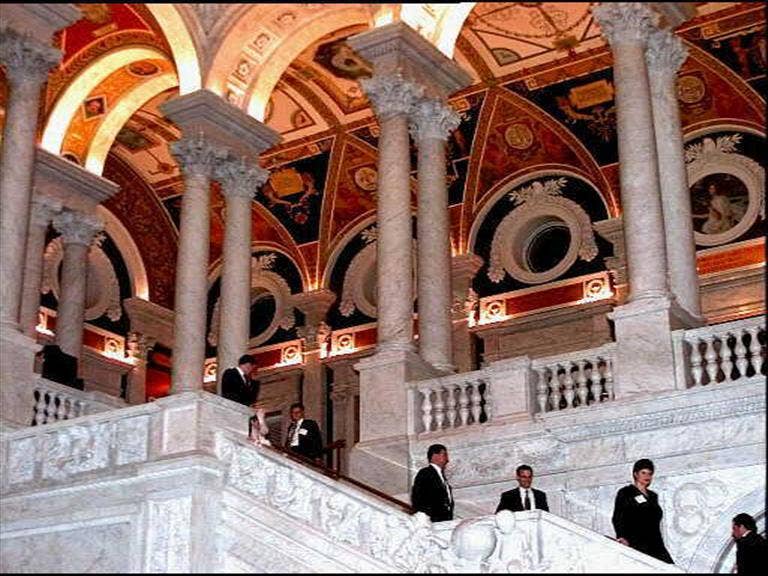On April 24, 1800, President John Adams approved the appropriation of $5,000 for the purchase of books for the use of Congress, marking the birth of the Library of Congress. The first collection of books ordered from London arrived in 1801 and was housed in the U.S. Capitol. President Thomas Jefferson played a significant role in shaping the Library of Congress, believing that a democratic legislature required access to information and ideas in all subjects. Jefferson offered to sell his personal library to Congress, which was approved in 1815 and doubled the size of the library.
The Library of Congress continued to expand its collections and scope over the years. Ainsworth Rand Spofford, Librarian of Congress from 1864 to 1897, transformed the institution into a national resource of unparalleled dimension. Under Spofford’s leadership, the Library of Congress became the largest library in the United States by 1867. Herbert Putnam, head of the library from 1889 to 1939, made the library’s catalog available to thousands of subscribing American libraries and institutions, emphasizing service to scholarship and the duty to the country as a whole.
The Library of Congress moved into its own building in 1897, nearly 100 years after its founding. The institution continued to grow, balancing its legislative, national, and international roles. Librarians such as Archibald MacLeish, Luther H. Evans, and L. Quincy Mumford further expanded the library’s roles and collections. Daniel J. Boorstin, Librarian of Congress from 1975-1987, increased the library’s visibility, while James H. Billington, librarian from 1987-2015, established private sector support groups and utilized new technologies to share the collection with the nation.
Carla Hayden, sworn in as the 14th Librarian of Congress in 2016, has continued the tradition of leadership and innovation at the Library of Congress. Today, the institution contains over 173 million items, with new items being added daily. The library has offices abroad to acquire and preserve library and research materials, and about half of its collections are in languages other than English. It holds the largest law library, rare-book collection, and American music collection in North America. The Library of Congress also administers projects such as the Veterans History Project and StoryCorps to preserve oral histories.
The library has provided books for the blind in Braille and on sound recordings since 1931, and the National Library Service for the Blind and Print Disabled has replaced its inventory with Digital Talking Books and digital playback equipment. The Library of Congress’s social media presence, including its X account (formerly Twitter), has over 1.2 million followers. Over the years, the Library of Congress has evolved into an international resource of unparalleled dimension, benefiting American scholarship and culture with its comprehensive collections and innovative services.













